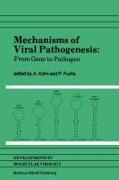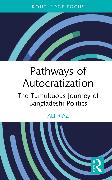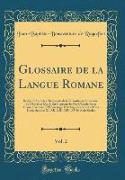Mechanisms of Viral Pathogenesis
BücherAngebote / Angebote:
Venezuelan equine encephalitis (VEE) virus was first isolated in 1938 by Kubes and Rios (1) from the brain of a horse which died during an epizootic of a previously unrecognized disease in Venezuela. VEE-related viruses were subsequently isolated during t~e period of 1943-1963 in Venezuela, Colombia, Peru, Trinidad, Brazil, Surinam, Argentina, Panama, Mexico, and the United States (2) . Shope et ~. (3) fi rst defi ned the vi ru ses in the VEE comp 1 ex t-y showing serological relationships between classical VEE, ~lucambo, and Pixuna viruses. Young and Johnson (2) serologically characterized a variety of VEE isolates and proposed that the complex t>e divided into four subtypes (I, II, III, and IV). Viruses in subtype I were divided into five variants designated IA through IE. During 1069-1~71 a VEE epizootic-epidemic occurred in South America, Central America, and the United States involving a subtype lAB virus which caused high mortality among equines and human d i sea se (4). Venezuelan equine encephalitis viruses are alpha-togaviruses w~ic~ contain a positive strand rit>onucleic acid genome enclosed in an icosa~edral nucleocapsid. The virion has an envelope which contains blO glycoproteins: E2 of 5F, 000 daltons (gp56) and E1 of ~O, OOO daltons (gp50) (5, 6). Viral neutralization (N) and hemagglutiration (HA) sites have been placed on E2 by the use of monospecific rabtdt antisera and monoclonal antibodies specific for purified viral structural proteins (7-10). Only anti-E2 antisera neutralized virus infectivity or blocked virus hemagglutination.
Folgt in ca. 15 Arbeitstagen




